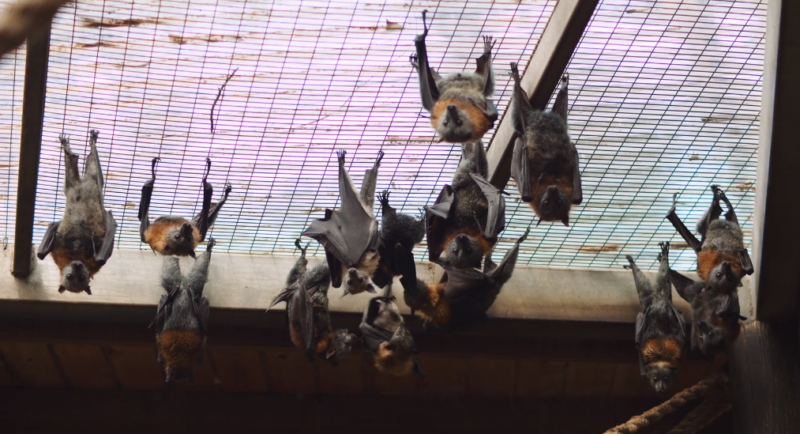The world of flying mammals is fascinating, encompassing a variety of species, each with unique adaptations that allow them to traverse the skies.
While true powered flight is rare among mammals, several species have developed remarkable gliding abilities, showcasing nature’s ingenuity.
The Mechanics of Mammalian Flight
True flight, as seen in birds, is a rare ability among mammals. This is due to the unique physiological demands that powered flight imposes, such as finding a thermal of air that rises faster than the animal’s descent during a glide.
The most notable exception to this rule is bats, which have evolved true flight capabilities.
Gliding: A Common Aerial Adaptation
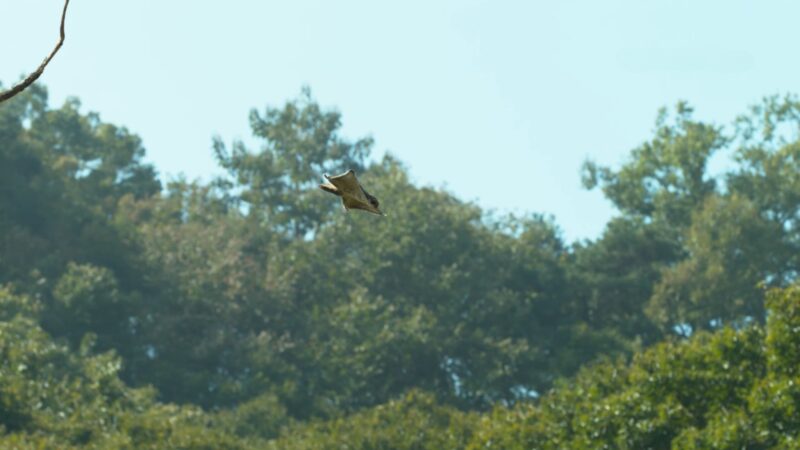
Many mammals have developed gliding abilities as a means of locomotion. This includes species like flying squirrels, colugos, and greater gliders.
These animals use skin membranes and other adaptations to glide from tree to tree, covering significant distances in the process.
Bats: The Only True Flying Mammals
Bats stand out as the only mammals capable of sustained, powered flight. Their wings, which are essentially modified hands with elongated fingers covered by a thin membrane, allow them to maneuver skillfully in the air.
Bats are diverse in their diets and habitats, with over 1,400 species worldwide. They play crucial ecological roles, such as pollination and pest control, and are found on every continent except Antarctica.
Unique Characteristics of Bats
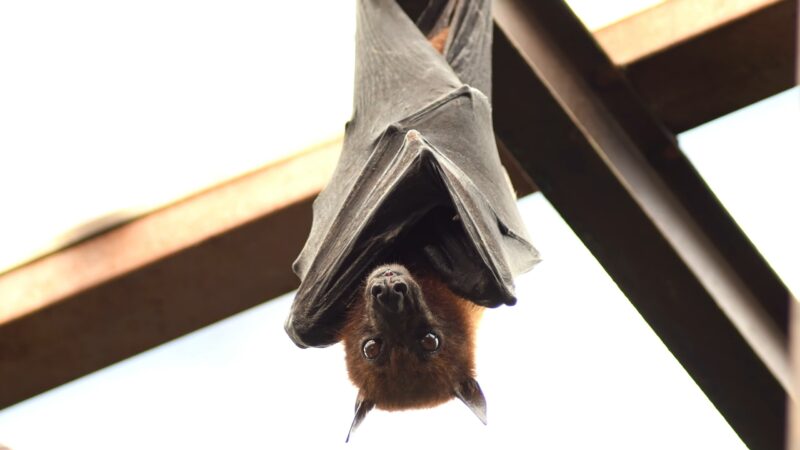
Bats exhibit a wide range of sizes, from the tiny Kitti’s hog-nosed bat to the large flying foxes with wingspans up to five feet. Their dietary habits are equally diverse, including fruit, insects, nectar, and, in the case of the vampire bat, blood.
Ecological Importance of Bats
Bats are vital for various ecosystems, acting as pollinators and seed dispersers. They also play a significant role in controlling insect populations, benefiting agriculture, and reducing the need for pesticides.
The World of Gliding Mammals
1. Flying Squirrels
Flying squirrels are a prime example of gliding mammals. They are adept at adjusting their speed and position mid-air, enabling them to navigate forest canopies with ease.
These nocturnal creatures use a patagium, a membrane stretching from their wrist to ankle, to glide effectively.
2. Colugos
Colugos, also known as flying lemurs, are among the best gliders in the mammalian world. Found in Southeast Asia, these animals can glide up to 230 feet between trees.
Their bodies are specially adapted for this, with a patagium extending from their neck to the tips of their fingers and toes, even between their tail and hind legs.
3. Greater Gliders
Greater gliders, native to Australia, are unique marsupials with impressive gliding capabilities. They possess membrane-like structures between their elbows and ankles, which assist in gliding.
Interestingly, these animals are not closely related to sugar gliders, despite both being marsupials and capable of gliding.
4. Sugar Gliders
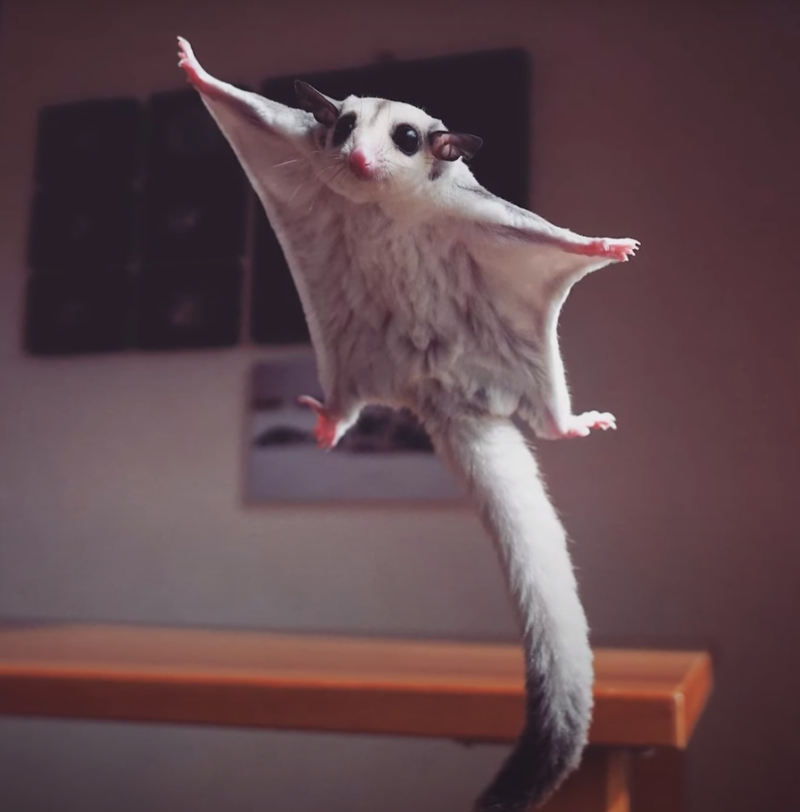
Sugar gliders are another species of gliding marsupials found in Australia. These small, squirrel-like animals are known for their remarkable agility in the air and are easily identifiable by their thick, soft fur and a black stripe running from their nose to their back.
The Ecological Significance of Gliding Mammals
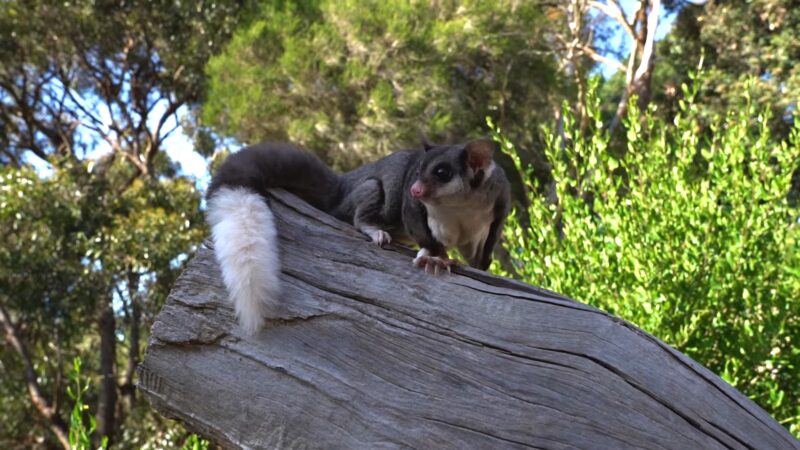
Gliding mammals, though not capable of true flight like bats, play a significant role in their ecosystems. Their ability to glide offers both ecological advantages and insights into evolutionary adaptations.
The Role of Gliding in Ecosystems
Gliding provides these mammals with a method to move efficiently between resources, reducing the energy cost compared to terrestrial travel.
This enhanced mobility allows them to access food sources and habitats that might be inaccessible otherwise.
Predator Avoidance and Survival Strategies
Gliding also serves as an effective strategy for avoiding predators. By moving swiftly and unpredictably through the air, these mammals can escape terrestrial and arboreal predators more effectively.
Ecological Impact of Gliding Mammals
Many gliding mammals, like the sugar glider, feed on fruits and play a vital role in seed dispersal. This process is crucial for the regeneration of forests and the maintenance of biodiversity.
Insect Control
Some gliding mammals, such as flying squirrels, have a diet that includes insects. Their predation helps in controlling insect populations, which can benefit forest health and reduce pests affecting human activities.
Conservation Challenges and Efforts
The conservation of flying mammals, both gliders and bats, faces several challenges, mainly due to human activities and environmental changes.
Threats to Flying Mammals
One of the primary threats to these animals is habitat loss due to deforestation, urban development, and agriculture. Habitat fragmentation particularly affects species that rely on large, continuous forest canopies for gliding.
Climate Change
Climate change poses a significant threat to flying mammals, altering their habitats, food availability, and migration patterns. For bats, changes in insect populations and flowering times of plants can have severe consequences.
Conservation Initiatives
Conservation efforts include protecting existing habitats, restoring degraded ones, and creating wildlife corridors to connect fragmented forests.
This is crucial for species like the greater glider and flying squirrels, which depend on specific forest types.
Research and Monitoring
Ongoing research and monitoring are vital for understanding the population dynamics, behavior, and ecology of these animals. This information is critical for developing effective conservation strategies.
Public Awareness and Education
Raising public awareness about the importance of these mammals and the threats they face is crucial for garnering support for conservation efforts.
Educational programs can help in reducing misconceptions, especially about bats, and promote coexistence.
FAQs
Can any mammal other than bats achieve true powered flight?
No, bats are the only mammals capable of true powered flight. Other mammals, like flying squirrels and colugos, can glide but cannot sustain powered flight.
Do flying mammals play a role in pollination?
Yes, some species of bats play a crucial role in pollination. They help pollinate various plants, including some species of fruit trees and flowers.
Are there any flying mammals that are carnivorous?
While most flying or gliding mammals are not strictly carnivorous, some bat species do consume insects, making them insectivorous. However, there are no known flying mammals that primarily feed on larger prey.
How do gliding mammals differ from birds in terms of flight?
Gliding mammals primarily use a membrane between their limbs to glide through the air, whereas birds use feathered wings for powered flight. Gliding mammals cannot achieve the lift and sustained flight that birds can.
Can flying squirrels control their direction while gliding?
Yes, flying squirrels can control their direction and speed during gliding by adjusting the tension in their patagium (the gliding membrane) and by using their tails for stability.
Do any flying mammals migrate like some bird species?
Certain bat species do migrate seasonally, similar to some birds. They migrate to find food or suitable conditions for hibernation, with migrations varying in distance depending on the species.
Final Words
The world of flying mammals, encompassing both true flyers like bats and gliders like flying squirrels and colugos, is a testament to the adaptability and diversity of mammalian life. Their ecological roles, ranging from pollination and seed dispersal to pest control, underscore their importance in maintaining healthy ecosystems.
As we face increasing environmental challenges, the conservation of these remarkable creatures becomes ever more crucial. Knowing and protecting them not only preserves biodiversity but also maintains the ecological balance critical for our planet’s health.


